
It is a truth only fitfully acknowledged that whom the gods wish to destroy, they first give an opinion column. "A live coffin," a former newspaper colleague of mine once called hers. (She quit.) Such a space seems an impossible remit, created to coax out vague, vatic pronouncements as the writer, mind wrung dry of ideas, sets about a weary pantomime of thinking and feeling, outrage and offense.
Few writers have seemed as aware of the hazards of professional opinionmongering as Ta-Nehisi Coates. "Columns are where great journalists go to die," he once wrote. "Unmoored from the rigors of actually making calls and expending shoe leather, the reporterturned-columnist often begins churning out musings originated over morning coffee and best left there." And yet few writers have been pressed so needily into service as pundit, as prophet. Coates was a staff writer for The Atlantic and the author of a memoir of his childhood, "The Beautiful Struggle" (2008), when he exploded into the public consciousness with "The Case for Reparations," a 2014 article for that magazine, which documented the long history and devastating reach of racist housing policies, and argued for restitution to the descendants of enslaved Black Americans.
This story is from the October 21, 2024 edition of The New Yorker.
Start your 7-day Magzter GOLD free trial to access thousands of curated premium stories, and 9,000+ magazines and newspapers.
Already a subscriber ? Sign In
This story is from the October 21, 2024 edition of The New Yorker.
Start your 7-day Magzter GOLD free trial to access thousands of curated premium stories, and 9,000+ magazines and newspapers.
Already a subscriber? Sign In
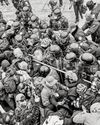
GET IT TOGETHER
In the beginning was the mob, and the mob was bad. In Gibbon’s 1776 “Decline and Fall of the Roman Empire,” the Roman mob makes regular appearances, usually at the instigation of a demagogue, loudly demanding to be placated with free food and entertainment (“bread and circuses”), and, though they don’t get to rule, they sometimes get to choose who will.

GAINING CONTROL
The frenemies who fought to bring contraception to this country.

REBELS WITH A CAUSE
In the new FX/Hulu series “Say Nothing,” life as an armed revolutionary during the Troubles has—at least at first—an air of glamour.

AGAINST THE CURRENT
\"Give Me Carmelita Tropicana!,\" at Soho Rep, and \"Gatz,\" at the Public.

METAMORPHOSIS
The director Marielle Heller explores the feral side of child rearing.
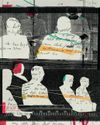
THE BIG SPIN
A district attorney's office investigates how its prosecutors picked death-penalty juries.
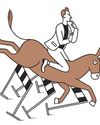
THIS ELECTION JUST PROVES WHAT I ALREADY BELIEVED
I hate to say I told you so, but here we are. Kamala Harris’s loss will go down in history as a catastrophe that could have easily been avoided if more people had thought whatever I happen to think.

HOLD YOUR TONGUE
Can the world's most populous country protect its languages?
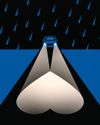
A LONG WAY HOME
Ordinarily, I hate staying at someone's house, but when Hugh and I visited his friend Mary in Maine we had no other choice.
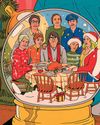
YULE RULES
“Christmas Eve in Miller’s Point.”